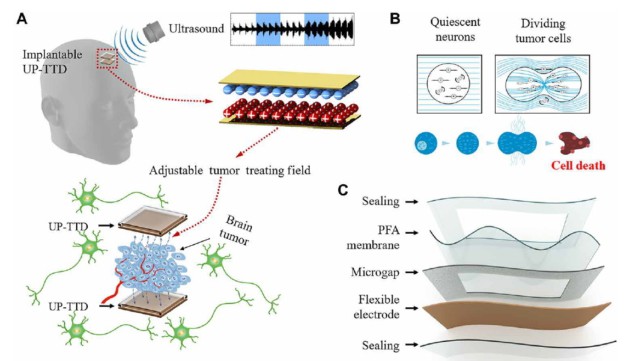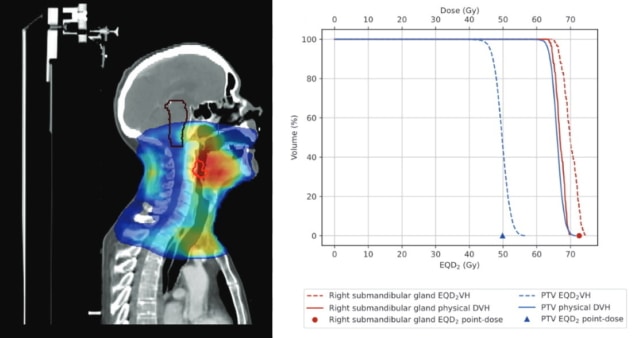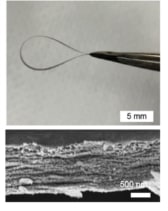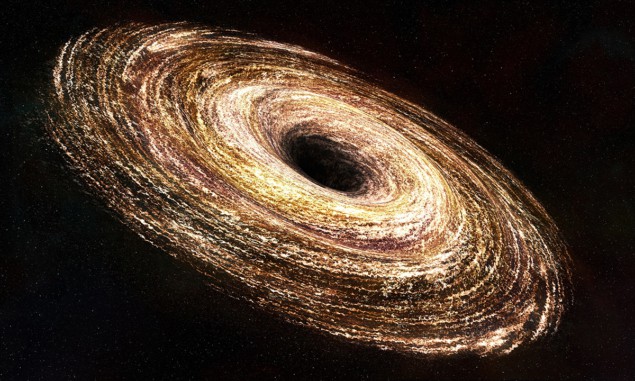Climate intervention: a possible hope in the face of humanity’s biggest problem
29 Aug 2022 Hamish Johnston
Hamish Johnston reviews Pandora’s Toolbox: the Hopes and Hazards of Climate Intervention by Wake Smith
Unknown outcomes Climate-intervention methods could provide hope or hazards. (Courtesy: iStock/fergregory)
The rapid reduction of greenhouse-gas emissions to net zero is the only practical way to halt climate change. But thanks to two centuries of burning fossil fuels, we have created a warmer climate that will endure for generations. As a result, humanity will be faced with an important decision: do we live on a hot planet with all the problems that brings, or do we intervene to try to cool things down?

















